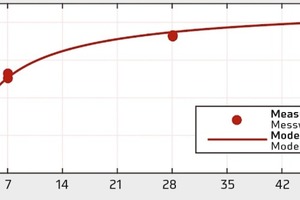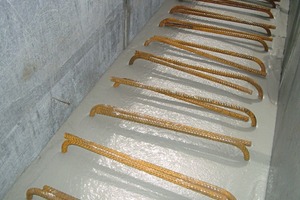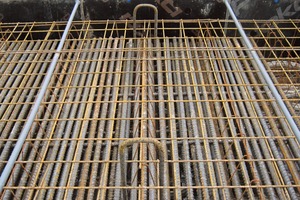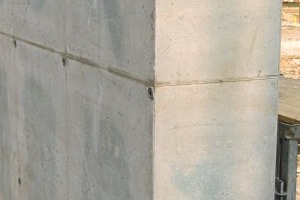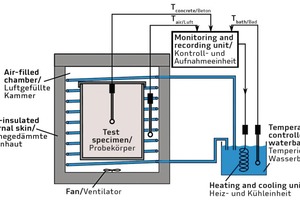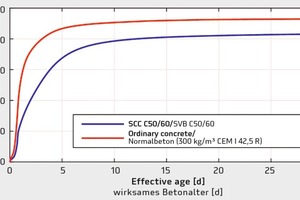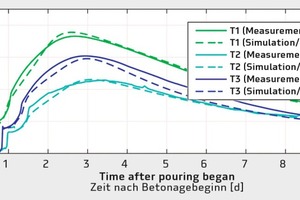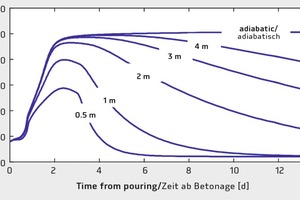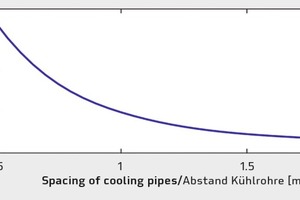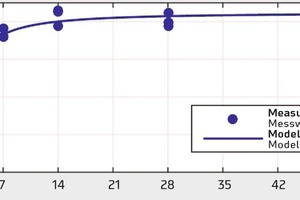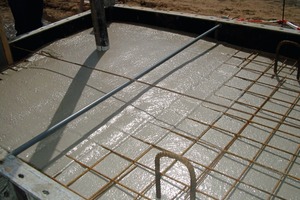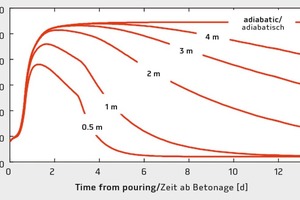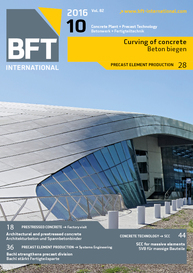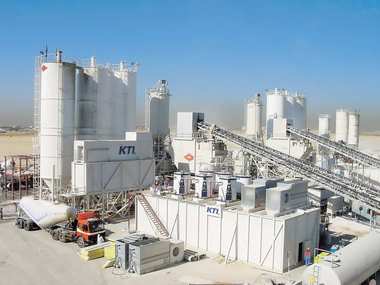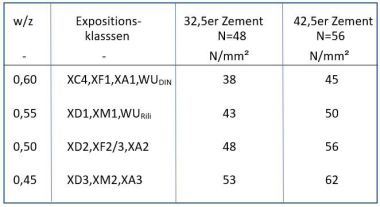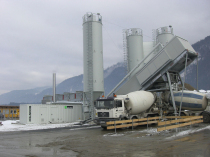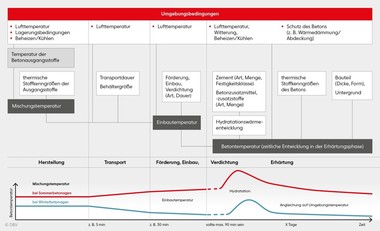Self-compacting concrete
for massive structural elements
A number of specific requirements needs to be considered when producing massive structural components by using from self-compacting concrete. The research conducted on the development of hydration heat and presented below shows that, with the right choice and combination of raw materials, appropriate concrete can also be produced at high binder contents.
1 Introduction
The heat of hydration released during the cement hardening reaction can result in a significant increase in temperature especially in massive concrete elements. The thermal stresses occurring as a result of the discharged heat of hydration can lead to cracking when exceeding the developing tensile strength of the concrete. The production of massive structures represents a challenge especially in terms of keeping the temperature differences between the core and surface of the concrete element low enough to prevent damage caused by external and internal restraint while at the same...

